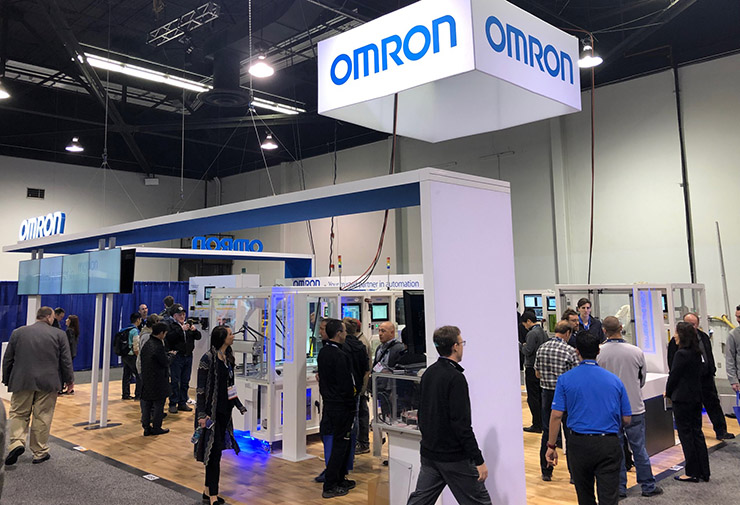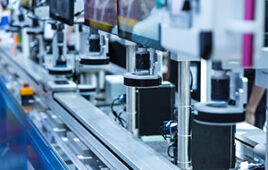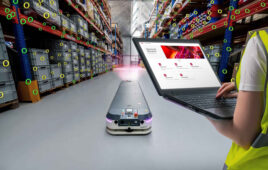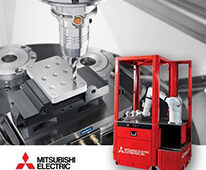 Omron followed up its showing at the Consumer Electronics Show with an exhibit of advanced AI, automation and robotics at ATX West 2019. The company brought its new interactive Factory Harmony exhibit to California with a team of experts who collaborate with customers to provide customized automation solutions for factory line efficiency and business growth.
Omron followed up its showing at the Consumer Electronics Show with an exhibit of advanced AI, automation and robotics at ATX West 2019. The company brought its new interactive Factory Harmony exhibit to California with a team of experts who collaborate with customers to provide customized automation solutions for factory line efficiency and business growth.
At CES, Omron hosted a booth that showcased Factory Harmony and FORPHEUS, the world’s first AI-equipped table tennis tutor. The Omron booth — the largest and most advanced interactive exhibit of AI, robotics and automation at the show — drew more than 22,000 attendees and retained visitors for extended periods as they engaged with the exhibits and shared their experiences widely on social media.
I spoke with Keith Kersten, Marketing Group Manager, at ATX, and he summarized the thinking with this concept.
“The factory harmony is really looking at how do you see the factory of the future — how does it affect people? We start looking at things like traceability, that’s of course something that’s on a lot of people’s mind from a manufacturing standpoint. But really, if you think about it, it’s really about having safe products and having products that are of high quality. And if we look at flexible manufacturing, it’s having the products that people want when they want it. So it’s a little bit of a different way to look at the factory of the future.”
Kersten noted that his company has many different types of technologies — everything from push buttons to robotics to AI to vision.
“One of the things that we like to do with our customers is how can they actually put these together into solutions that solve problems,” he said. “It’s not just the pieces and the parts, it’s how it all goes together. So we chose a couple of things that we wanted to show here. If you look at the marketplace, we think that they’re very relevant for what our customers are trying to do.”
“We have things like our controllers that allow you to connect to systems easily and to bridge that gap between the IT world and the operation world. People hear so much about all of these buzzwords — and they’re real but sometimes they say, ‘Okay, so now what do I do?’ So one of the things that we pride ourselves on is we have that forward looking vision, but we also have some practical things. We can look at some of a customer’s bottlenecks and figure out how we can make that part of their process better. How can we get the right data to the right place so that they can start to solve individual problems and then start to build on that? Then we can go towards the factory of the future where they have visibility to the whole thing.”
Omron also showed off its brand new collaborative robot, the TM Series. The company has always been in the forefront of safety technology, which keeps people safe while keeping machines productive.
“This was kind of the next step in that where you don’t have to enclose the robot in all of the, whether the plexi guards or hard guarding and all that, is that it can work side by side with people,” Kersten said. “It also has built-in vision guidance, so it’s very flexible in how you apply it and it’s also very easy to set up. So whether it’s the vision or just the motion itself, you can teach it. You can also use a simple flow charting so you don’t have to be an expert robot engineer to make this work. Think of something that’s easy to bring to a process that can help someone to be more, more effective and work side by side, and if you need to you can redeploy it somewhere else as well”
Filed Under: Factory automation, NEWS • PROFILES • EDITORIALS, MOTION CONTROL, Motion control • motor controls




